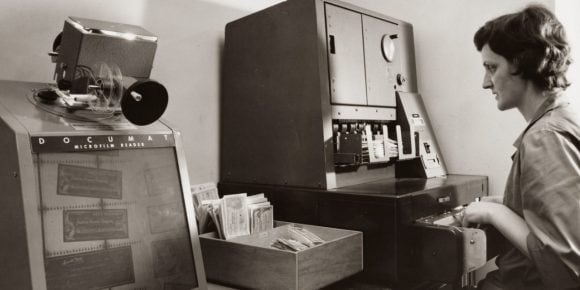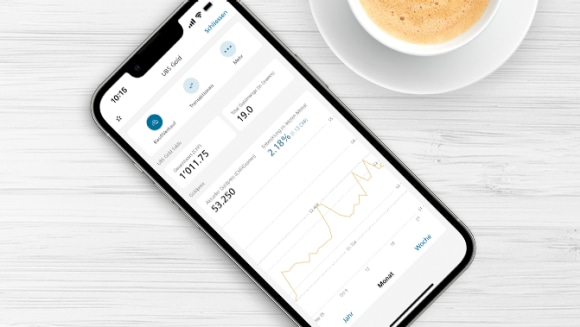Day-to-day
The history of digital banking
Nowadays we use digital banking anytime and anywhere. But from the original banchi in Italy to the mobile banking app, it has been a long journey. Learn more interesting facts about the history of digital banking.



